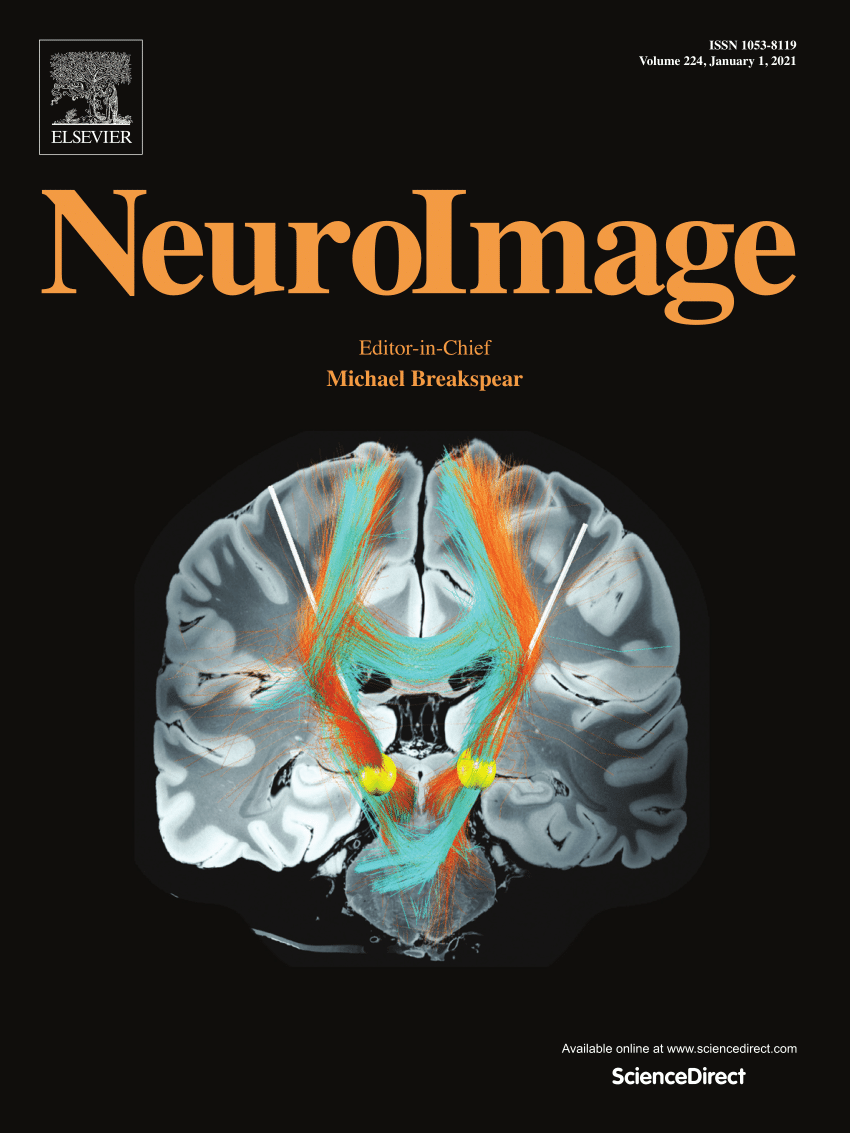V1超列中正在进行活动的动态分组。
IF 4.7
2区 医学
Q1 NEUROIMAGING
引用次数: 0
摘要
神经元的自发活动提供了有关大脑的丰富信息。单个神经元的活动与局部网络关系密切。为了了解这种关系,我们利用双光子钙成像技术研究了猕猴 V1 和 V2 中数千个神经元的自发活动。在 V1 中,神经元的持续活动以全局波动为主,其中大多数神经元的活动是相关的。神经元的活动还取决于它们在局部功能结构中的相对位置,包括眼球优势、方位和颜色图谱。具有相似偏好的神经元动态地组合成共同激活的神经元群,并表现出与局部功能图谱相似的空间模式。不同的组合具有不同的强度和频率。这一观察结果在我们检查的所有超柱状体大小的 V1 位置上都是一致的。在 V2 中,不同的成像点具有不同的方向和颜色特征。然而,采样区域的自发活动也与潜在的功能架构相关。这些结果表明,功能结构在影响神经元自发活动方面起着至关重要的作用。本文章由计算机程序翻译,如有差异,请以英文原文为准。
Dynamic grouping of ongoing activity in V1 hypercolumns
Neurons’ spontaneous activity provides rich information about the brain. A single neuron's activity has close relationships with the local network. In order to understand such relationships, we studied the spontaneous activity of thousands of neurons in macaque V1 and V2 with two-photon calcium imaging. In V1, the ongoing activity was dominated by global fluctuations in which the activity of majority of neurons were correlated. Neurons’ activity also relied on their relative locations within the local functional architectures, including ocular dominance, orientation, and color maps. Neurons with similar preferences dynamically grouped into co-activating ensembles and exhibited spatial patterns resembling the local functional maps. Different ensembles had different strengths and frequencies. This observation was consistent across all hypercolumn-sized V1 locations we examined. In V2, different imaging sites had different orientation and color features. However, the spontaneous activity in the sampled regions also correlated with the underlying functional architectures. These results indicate that functional architectures play an essential role in influencing neurons’ spontaneous activity.
求助全文
通过发布文献求助,成功后即可免费获取论文全文。
去求助
来源期刊

NeuroImage
医学-核医学
CiteScore
11.30
自引率
10.50%
发文量
809
审稿时长
63 days
期刊介绍:
NeuroImage, a Journal of Brain Function provides a vehicle for communicating important advances in acquiring, analyzing, and modelling neuroimaging data and in applying these techniques to the study of structure-function and brain-behavior relationships. Though the emphasis is on the macroscopic level of human brain organization, meso-and microscopic neuroimaging across all species will be considered if informative for understanding the aforementioned relationships.
 求助内容:
求助内容: 应助结果提醒方式:
应助结果提醒方式:


